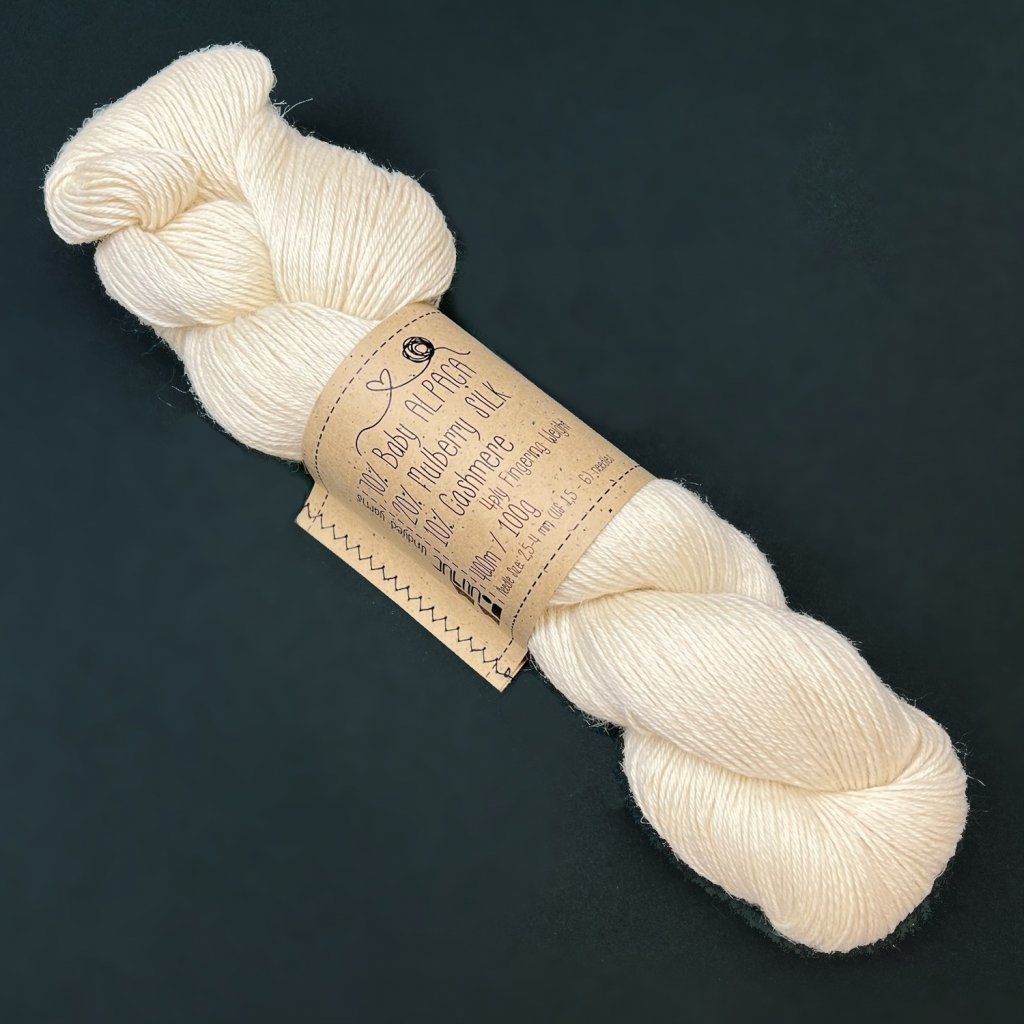The Comfort of What Is Cashmere: How It Changes Your Wardrobe
The Comfort of What Is Cashmere: How It Changes Your Wardrobe
Blog Article
Checking Out the Various Sorts Of Cashmere an All-natural Fiber for Ultimate Deluxe
Cashmere, an all-natural fiber, is usually linked with luxury and comfort. Nonetheless, not all cashmere is created equal. From the highly soft Mongolian range to the light-weight heat of Indian Pashmina, each kind presents its own unique functions and attraction. The extra cost effective Chinese cashmere, the typical Scottish version, and the high-end Italian mix, all tell a different tale of this exceptional fiber. As we untangle the world of cashmere, a much deeper understanding of its real value and elegance begins to arise.
Recognizing the Lavish Nature of Cashmere
Cashmere, frequently associated with high-end and comfort, holds a distinct attraction in the globe of all-natural fibers. Unlike various other natural fibers, cashmere combines insulation with breathability, using unrivaled comfort across differing temperatures. Its shiny finish and soft texture add to its premium appeal, justifying the premium rate that commonly comes with cashmere garments.
Just What Is Cashmere and Where Does It Come From?

Given these phenomenal top qualities, one could ask yourself concerning the origin and makeup of this glamorous fiber. Cashmere is stemmed from the soft undercoat of cashmere goats, largely discovered in Mongolia, China, Iran, and Afghanistan - is cashmere a natural fiber. These goats are adjusted to rough climatic conditions, creating a very fine, soft underfur as a protection versus the bitter cold. This underfur, or undercoat, is what is gathered for cashmere. Each spring, when the goats normally shed their winter months coat, farmers brush out the fine underhair, leaving the coarser hair behind. This careful process adds to the scarcity and high expense of cashmere. With its origin in the extreme landscapes of Asia, cashmere is a testimony to nature's ability to generate high-end from difficulty.
Deciphering the Different Types of Cashmere
Comprehending the different types of cashmere is vital to valuing the high quality and distinct attributes of this luxurious material. Generally, cashmere is classified into three types: raw, virgin, and recycled. Translating these types is the very first step in comprehending the exclusivity and value of cashmere.

The Special Features of Each Sort Of Cashmere
Having actually explored the different groups of cashmere, it emerges that each type flaunts its special collection of attributes. Mongolian cashmere, as an example, is renowned for its exceptional high quality, because of Mongolia's extreme winter seasons that produce longer and finer fibers. Conversely, Chinese cashmere is often more cost effective, though its much shorter fibers can decrease sturdiness. Scottish cashmere is commemorated for its beautiful gentleness, an outcome of the traditional water cleaning process making use of Scotland's soft water. Italian cashmere, on the other hand, is popular for its masterful mixing and coloring strategies, making it functional and dynamic. Indian cashmere, likewise recognized as Pashmina, is treasured for its unbelievable lightness and warmth. Each kind, therefore, adds to the fabric's reputation for deluxe.
Why Cashmere Is the Embodiment of Deluxe in Fashion
Cashmere holds a well-regarded setting in the globe of style, concerned as an icon of high-end and class (is cashmere a natural fiber). Cashmere is obtained from the great undercoat of Himalayan goats, recognized for their premium quality fiber. Cashmere's unmatched convenience and longevity make it an in-demand material in find out here now the creation of high-end garments.
The Process of Making Cashmere: From Goat to Garment
The trip of cashmere, from being an undercoat of a Himalayan goat to a luxurious garment, is a detailed one. With the development of spring, farmers in Mongolia and China gather the woollen by brushing the goats, making sure no damage is done. The acquired wool includes rugged external hair and soft downy undercoat. This blend is after that fastidiously divided, with just the soft down made use of for cashmere. This raw cashmere is washed, dyed and rotated into yarn. The yarn is then woven or knitted into textiles. The final action involves cleaning and pressing to offer the textile its particular gentleness and warmth. From goat to garment, each action is a testimony to the creativity, perseverance and ability involved in crafting cashmere.
Verdict
Finally, cashmere, with its natural beauty and unrivaled convenience, preponderates in the world of luxury style. The diversity in types, varying from the soft Mongolian, lightweight Indian Pashmina, economical Chinese, traditional Scottish, to the vivid Italian, exposes the versatility of this all-natural fiber. The scrupulous procedure of changing it from a goat to a garment further includes to its exclusivity, making cashmere the epitome of sophistication and high-end.
Cashmere, a natural fiber, is usually connected with luxury and comfort (is cashmere a natural fiber).Cashmere, often see this page linked with luxury and convenience, holds a distinct attraction in the world of all-natural fibers. Unlike other all-natural fibers, cashmere combines insulation with breathability, offering unequaled comfort throughout differing temperatures. Cashmere is acquired from the soft undercoat of cashmere goats, mainly site here located in Mongolia, China, Iran, and Afghanistan. Cashmere is derived from the great undercoat of Himalayan goats, known for their exceptional top quality fiber
Report this page